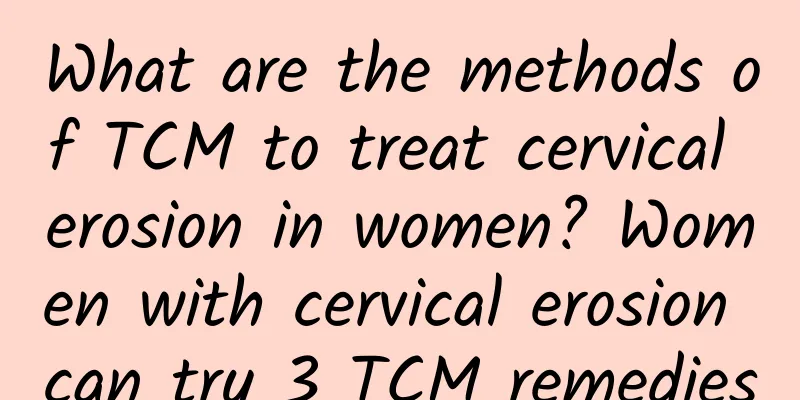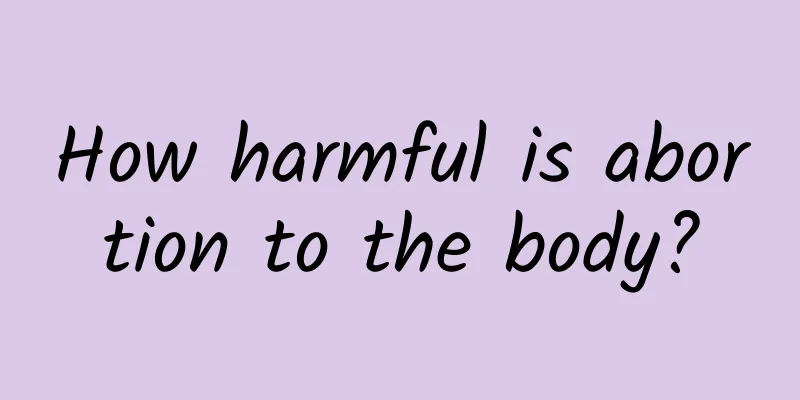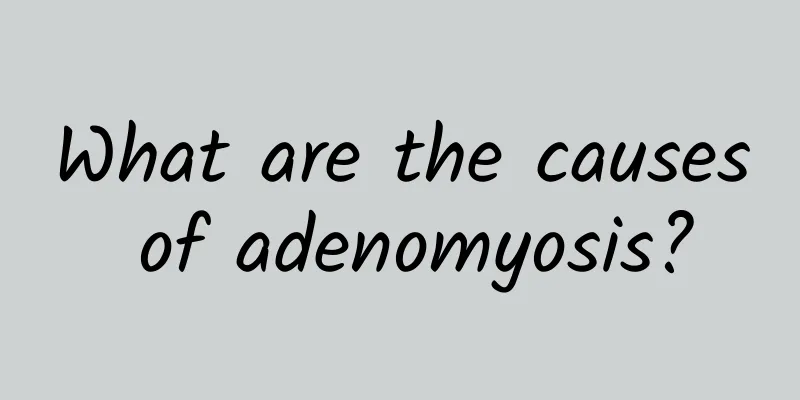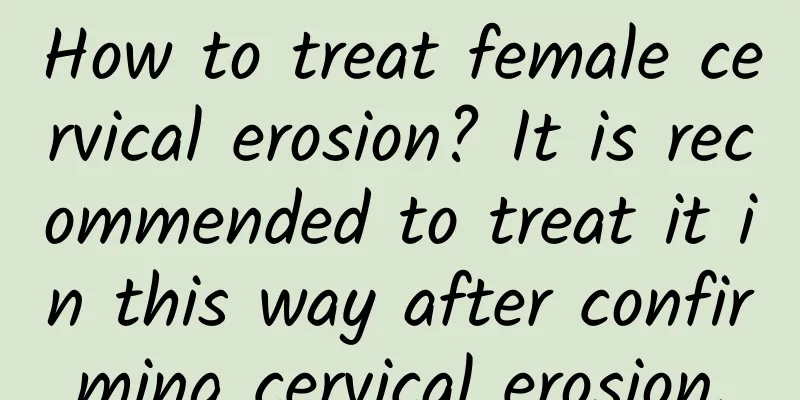How to treat multiple uterine fibroids? Commonly used treatment methods for multiple uterine fibroids
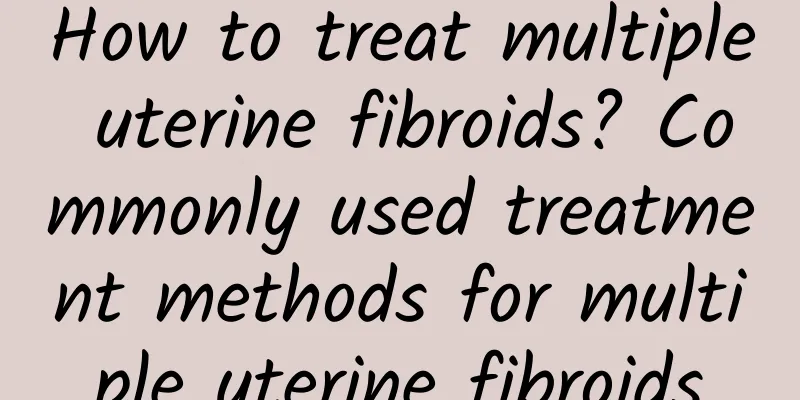
|
Multiple uterine fibroids are a type of uterine fibroids. Because the initial symptoms are not obvious, it is not easy to be discovered. Multiple uterine fibroids are mostly distributed in three locations: in the myometrium, accounting for about 60% to 70%; under the serosa, 20%; and under the mucosa, 10%. Uterine fibroids are a benign tumor with a very low canceration rate of only about 0.50, and are more common in the elderly. Multiple uterine fibroids are usually discovered during a physical examination. Depending on the size and location of the tumor, the following symptoms may occur: 1. Compression symptoms. When the posterior wall fibroids grow to a certain size, they will compress the rectum and cause constipation. Larger tumors in the broad ligament can compress the ureter. 2. Pain. Subserous pedunculated fibroids can cause sudden pain when twisting, and submucosal fibroids may cause dysmenorrhea. 3. Infertility may also cause infertility in women of childbearing age, but the chance is relatively small. 4. Bleeding of the submucosal fascia and myoma will greatly increase the area of the uterine cavity, thereby increasing the menstrual volume. How to deal with multiple uterine fibroids? 1. Observation. What kind of fibroids are suitable for observation? Patients who are older, approaching menopause, and have mild symptoms need to undergo B-ultrasound examinations every three months or six months; those with fibroids but no symptoms need regular follow-up observations. 2. Patients with symptoms of irregular vaginal bleeding can undergo diagnostic curettage and pathological examination. 3. Drug treatment. If the menstrual flow is heavy, androgen drugs can be used, which are mainly used to counteract estrogen and shrink the endometrium. At the same time, they can also shrink the uterine vascular smooth muscle and uterine smooth muscle to reduce bleeding. Traditional Chinese medicine can also treat the symptoms of excessive menstrual flow, but it is not effective in shrinking fibroids. 4. Surgical treatment: It is suitable for cases where the fibroids are large, the symptoms are obvious, and other treatments are not effective. If you experience the symptoms described above and suspect you have uterine fibroids, don't worry too much. Go to the hospital for a comprehensive examination first. After the diagnosis is confirmed, choose the most suitable treatment method based on your own situation. |
Recommend
I have abdominal pain in late pregnancy, like dysmenorrhea, but my water has not broken and I have not seen any blood.
Abdominal pain in late pregnancy is like menstrua...
Several examination methods that can help detect vaginitis
In order to better determine the condition of vag...
What causes biochemical miscarriage?
What causes biochemical pregnancy abortion? There...
Introduction to the causes of hyperprolactinemia
Hyperprolactinemia is a disease caused by abnorma...
Can cervical warts heal on their own?
Cervical warts are a relatively common disease, a...
Can Guizhi Fuling Pills treat ovarian cysts? How to diagnose this disease?
Can Guizhi Fuling Wan treat ovarian cysts? How is...
When women begin to age, there are generally 5 signs in the lower body! If you don't have any, it means you are still young
"Doctor, I feel like something is wrong with...
Ovarian chocolate cyst pain symptoms
Ovarian chocolate cyst pain symptoms: Ovarian cho...
How to Check for Ovarian Cysts
How to check for ovarian cysts? For women, the pr...
Eat right before and after exercise! Doctor of Nutrition reveals recommended menu
Should I eat before exercising? Many people are r...
How can women regulate irregular menstruation? Can they still have children if they have irregular menstruation?
What should I do if I have irregular menstruation...
What should I pay attention to after a miscarriage? How many days can I recover?
What should I pay attention to after a miscarriag...
What are the main treatments for Bartholinitis?
What are the main treatments for Bartholinitis? B...
What should I pay attention to when my endometrium is thick?
Endometrial thickening, also known as endometrial...
What are the early symptoms of ectopic pregnancy?
Ectopic pregnancy is a gynecological acute abdome...
